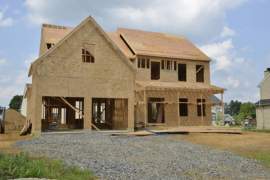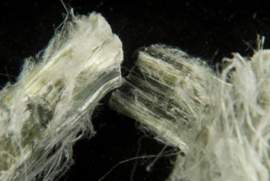
Hawaii Asbestos Laws

Must Read
Hawaii experienced a boom in construction after is became a state and the tourism flourished. An unfortunate side effect of this was that asbestos construction materials were used in almost every building, including schools, public buildings and military instillations. In addition, asbestos was widely used in ship building at the time and thousands of people have been exposed to asbestos as a result of working there. The entire Pearl Harbor Complex is a Superfund cleanup site due to the contamination present there. Such is the danger that Hawaii asbestos laws mandate that all schools are inspected every six months to ensure no asbestos fibers are present. The presence of asbestos in Hawaii schools became a public health emergency in 2001 that resulted in the closings of several schools and emergency asbestos abatement. Materials to be removed, according to Hawaii asbestos laws Friable material poses the greatest contributory risk to future asbestos related illnesses. Friable material is easily broken and release toxic fibers into the air, where they pose a great risk to those that inhale the particles. Continued exposure severely increases the likelihood of developing mesothelioma and lung cancer. Friable material must be removed immediately following the procedures set by the EPA and the Hawaii asbestos laws set by the state government. Non-friable asbestos is either in an indurate compound that will not break or sealed by an indurate material. In either situation, the material may become friable due to wear or damage. As such, when dealing with demolition and renovation, some non-friable ACM will come under scrutiny to ensure it will not crumble or release asbestos fibers. Demolitions usually require all fibers to be removed from the building, while renovation may only mean the immediate work area. You will have to provide adequate notice, typically at least ten working days before the start of the project in order to renovate or demolish a building containing asbestos. The Hawaii Asbestos Program The Hawaii Department of Health is responsible for enforcing Hawaii asbestos laws and certifying experts to audit and certify service providers. These providers will assist with inspections and asbestos abatement and will do so in a way that is safe and disposes of the material with minimal exposure. Standard asbestos abatement procedures run through the HDH and nearly all large structures that contain asbestos must seek approval from the HDH before the licensed contractor can proceed with demolition or renovation.
















